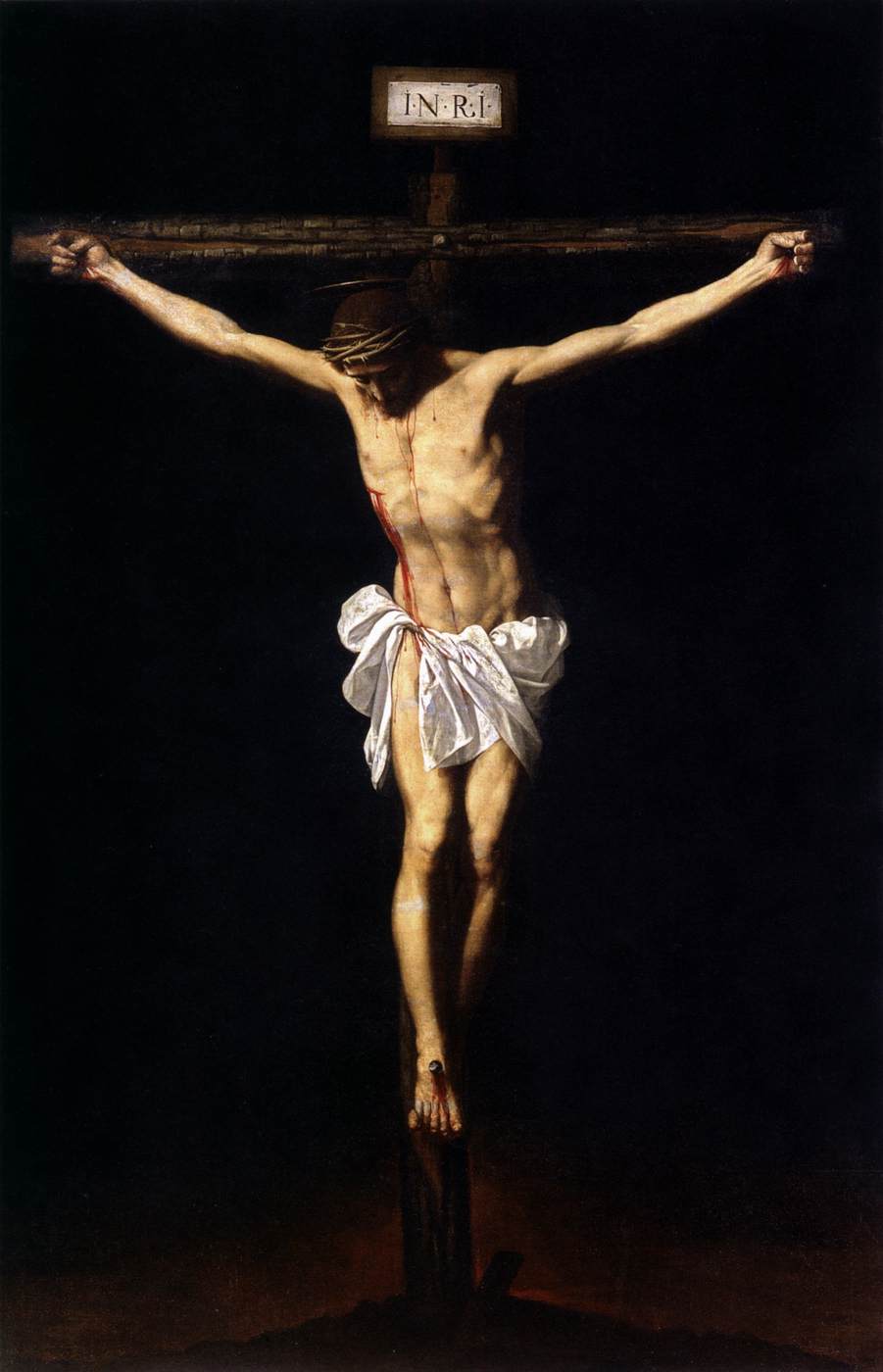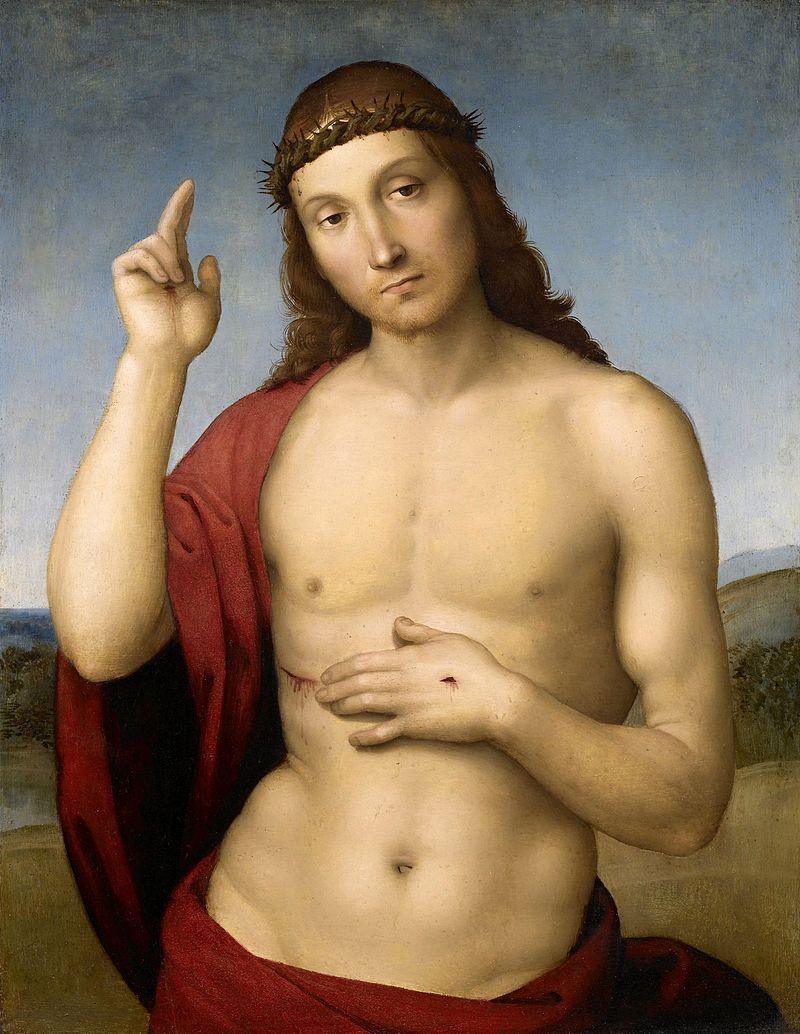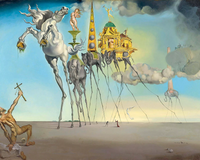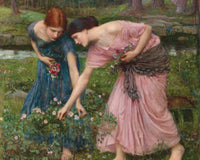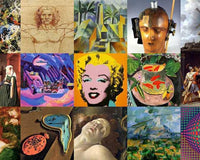The Secrets of Venus and Cupid by Artemisia Gentileschi
Artemisia Gentileschi was the leading female artist of the 17th century. She established her work mainly in Rome, Florence, and Naples. In 1616, she became the first woman member of the prestigious Academy of Painting in Florence.
Venus and Cupid, also known as the Sleeping Venus, is a fantastic work of art created in 1626 by the Italian artist.
 This extraordinary work shows a sleeping and naked Venus, reclining on a comfortable bed with a beautiful blue sheet. The detail of the color of the painting stands out very noticeably, as the bed is painted with a double layer of ultramarine blue, which was a paint made with lapis lazuli that was very expensive for artists of her time. This suggests that the painting may have been made as a commission for a wealthy client in her circle.
This extraordinary work shows a sleeping and naked Venus, reclining on a comfortable bed with a beautiful blue sheet. The detail of the color of the painting stands out very noticeably, as the bed is painted with a double layer of ultramarine blue, which was a paint made with lapis lazuli that was very expensive for artists of her time. This suggests that the painting may have been made as a commission for a wealthy client in her circle.
In the painting, a baby Cupid, who is the son of Venus, can be seen. He fans the Goddess with peacock feathers, presumably to keep away flies and other pests, doing so with special care.
On the left side of the painting, through the window, a distant temple can also be seen. Some critics estimate that the landscape scene in the window may have been added by a second artist later.

The work of Artemisia Gentileschi, marked by strong contrasts of light and darkness, as well as unusual and bold compositions, was influenced by both her father's painting style and that of her famous mentor, Caravaggio. The artist's theme often consists of powerful representations of women, such as Judith, Susanna, Cleopatra, and Danaë, who are dramatically portrayed as heroines or victims.
Gentileschi centered her paintings around themes of women known for their bravery, beauty, and simplicity. Her paintings primarily consisted of naked women in which she displayed her style, which is a dramatic realism.
Artemisia Gentileschi was an admirer of Caravaggio, just like her father, and this can be seen in this work by the way light surrounds the body of Venus and the darkness in the rest of the scene. Caravaggio often displayed contrasts of light and darkness in his paintings, and this technique was skillfully copied by the artists he influenced.
Gentileschi was also a highly significant figure in the art world. She was the first woman painter to be a member of the Academy of Design in Florence. Throughout her career, Artemisia specialized in painting women and was particularly talented at detailing the anatomy and beauty of the female sex.
Initially, the young art apprentice was trained in her father's workshop, Orazio Gentileschi. When he wanted the artist to continue her progress, he asked his friend Agostino Tassi to teach her advanced techniques. However, Tassi sexually assaulted her, and this unfairly stained the artist's reputation. This also caused Artemisia to channel a great deal of her anger towards Tassi into several of her artworks.
Artemisia eventually married the artist Pierantonio Stiattesi, and they had a daughter named Prudentia, who was named after her grandmother. Artemisia taught Prudentia to paint, but no works of hers are known.
Gentileschi was highly regarded by Michelangelo Buonarroti the Younger, who was Michelangelo's nephew, and he asked Artemisia to paint the ceiling of the house he was building for himself, as a tribute to his uncle for his work in the Sistine Chapel. The artist then painted the Allegory of Inclination, which depicted a naked woman holding a compass, who resembles Artemisia herself.
 In Venus and Cupid, however, Gentileschi has created a sumptuous image of the goddess of love, sleeping under a velvet curtain.
In Venus and Cupid, however, Gentileschi has created a sumptuous image of the goddess of love, sleeping under a velvet curtain.
Although this may seem like just another pale naked goddess lying on a plush bed in a strangely twisted position, Artemisia Gentileschi was working outside the conventional boundaries by painting a female nude as a woman. In 1600s Italy, painting female parts was still considered a man's job. It is not surprising that Italian art ended up with sculptures of breasts as perplexing as those in "The Night" by Michelangelo.
But regardless of the anatomical injustice of Renaissance nudes, what is truly perplexing about this painting is baby Cupid.
Compared to other works on the same theme, Gentileschi's Venus and Cupid refreshingly lacks those chilling incestuous overtones. Still, what possessed Cupid to wave a peacock fan over his sleeping mother? Is the goddess of love such a demanding queen that she has her cherub fan her during afternoon naps?
Don't be fooled by the innocent appearance of baby Cupid. The annoying mini-god created his share of distress throughout the scene. The legend says that Cupid used his arrows to leave Apollo smitten with the nymph Daphne. Sadistic as he was, Cupid made Daphne disgusted by the music-loving god. When Apollo chased her, the only recourse for Daphne was to turn into a laurel tree.
Some complain that Venus and Cupid is too imperfect a work for the artist. Could the painting be the work of an anonymous imitator, or even of Artemisia's own husband? Despite the speculations, Venus’s resemblance to Gentileschi herself cannot be denied.
Thus, there are many ways to interpret the painting Venus and Cupid by Artemisia Gentileschi, it is just a matter of personal perception.
To paint her own face onto the goddess of beauty and love? That is an artist whom we must respect!
CUADROS ©, a famous painting on your wall.


